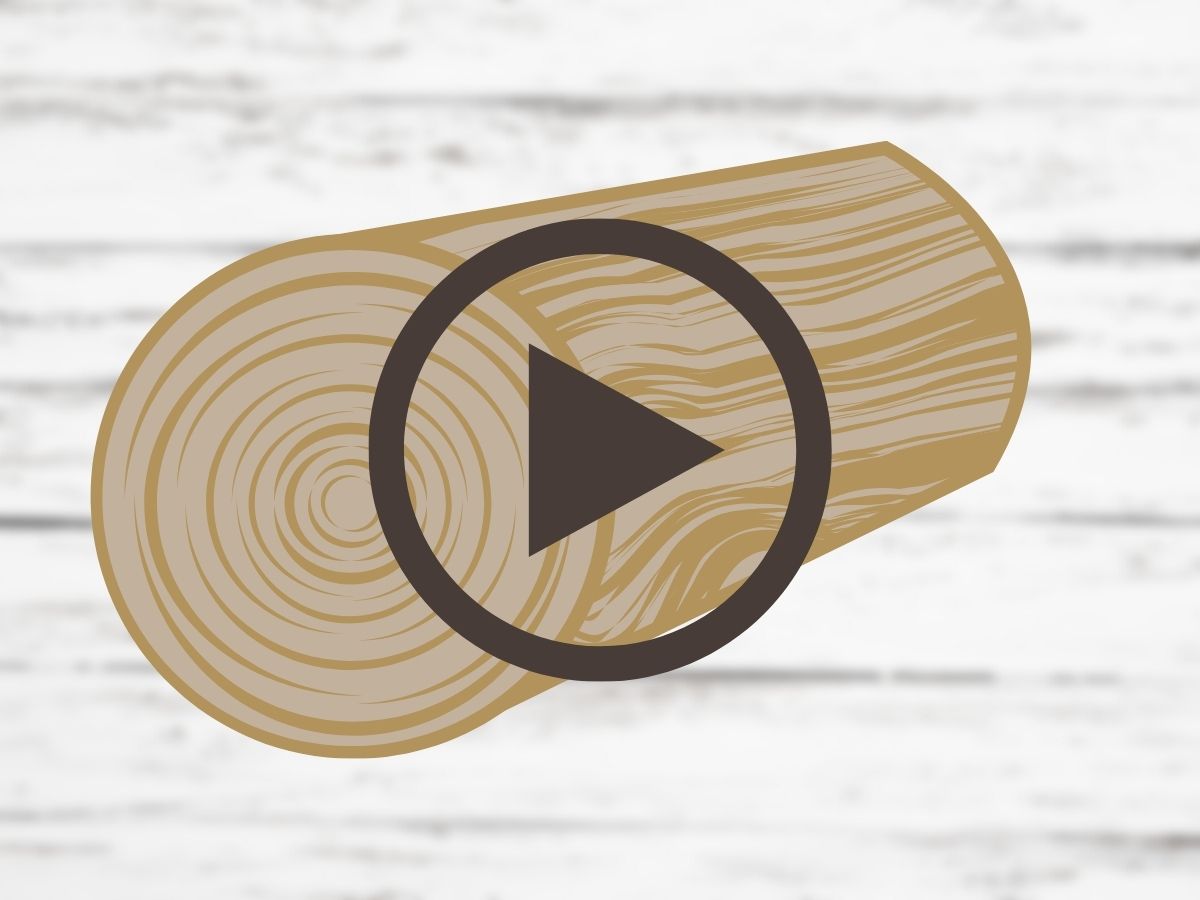In this video, Stuart Batty shows us the different kinds of directions that the grain can go, and what to do about it.
Transcript
Here we have an array of spindle blanks, the first one being defect-free, the grain running along the length bed.
So this one has no problems that we can see of, there are no clear defects. There may be a little bit of imbalance because of softwood hardwood, so it may create little vibration on the lathe, but otherwise a piece perfect either for practice or to make different articles from.
Moving on from that one, what we have is a block where the grain isn’t quite perfectly straight, it’s at a very slight angle, maybe 10 degrees. This is about the maximum that I would allow the grain to be away from parallel to the piece. Any greater than this, and we’re going to have problems with some end grain appearing on one or the other side as we rough it down with a roughing gouge. But this piece is acceptable still to work as a spindle blank.
In this particular piece, the grain is not perfectly straight, but acceptable. But it has a small knot. I’d almost ignore the small knot here. You will feel it bagged a little bit when you’re roughing down with a roughing gouge directly into it. Here we have a slightly larger knot. This could be more problematic. But again, I rough this down with the roughing gouge. I could feel it biting because technically this is end grain, but it wasn’t big enough to create many problems, and I’d probably fill that in if I was going to use it for a decorative piece. If it was a functional piece, I probably wouldn’t use it. So in this particular regard, this piece is still acceptable to use.
Moving on from there, if we look at this particular piece, it looks like it’s defect-free. But as we rotate it, we start to see the grain is at an unacceptable angle. That means its end grain here as it rotates. And then if we come around this side, we can see the grains even wilder, then we have several knots, it’s a defect. On this side is a defect again, but the knot is actually loose. And we look at the end, we have what I would classify as a ring shake. This is a shake that follows a growth ring. This type of wood is the type that under rotation would break apart. It would actually split further and therefore a large piece is coming at me. This is not acceptable in any way at all to turn, shouldn’t be used on the lathe because it’s too much of mixed grain, too many defects and a very distinct ring shake. Not acceptable even to practice with.
Here’s a piece with some very distinct defects, these are cracks from drying badly. Also a big knot, these cracks go almost half the way through. Not an acceptable piece to use in any way at all. Just too dangerous. The chances are it’s going to break up when you’re turning it. I wouldn’t want to put this on a lathe. So this kind of word isn’t even worth practicing with, just don’t use it.
